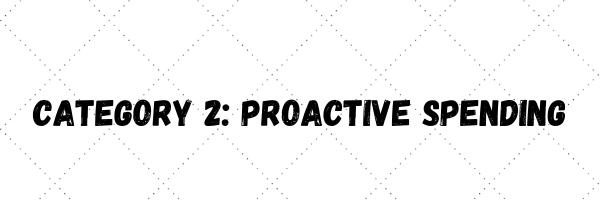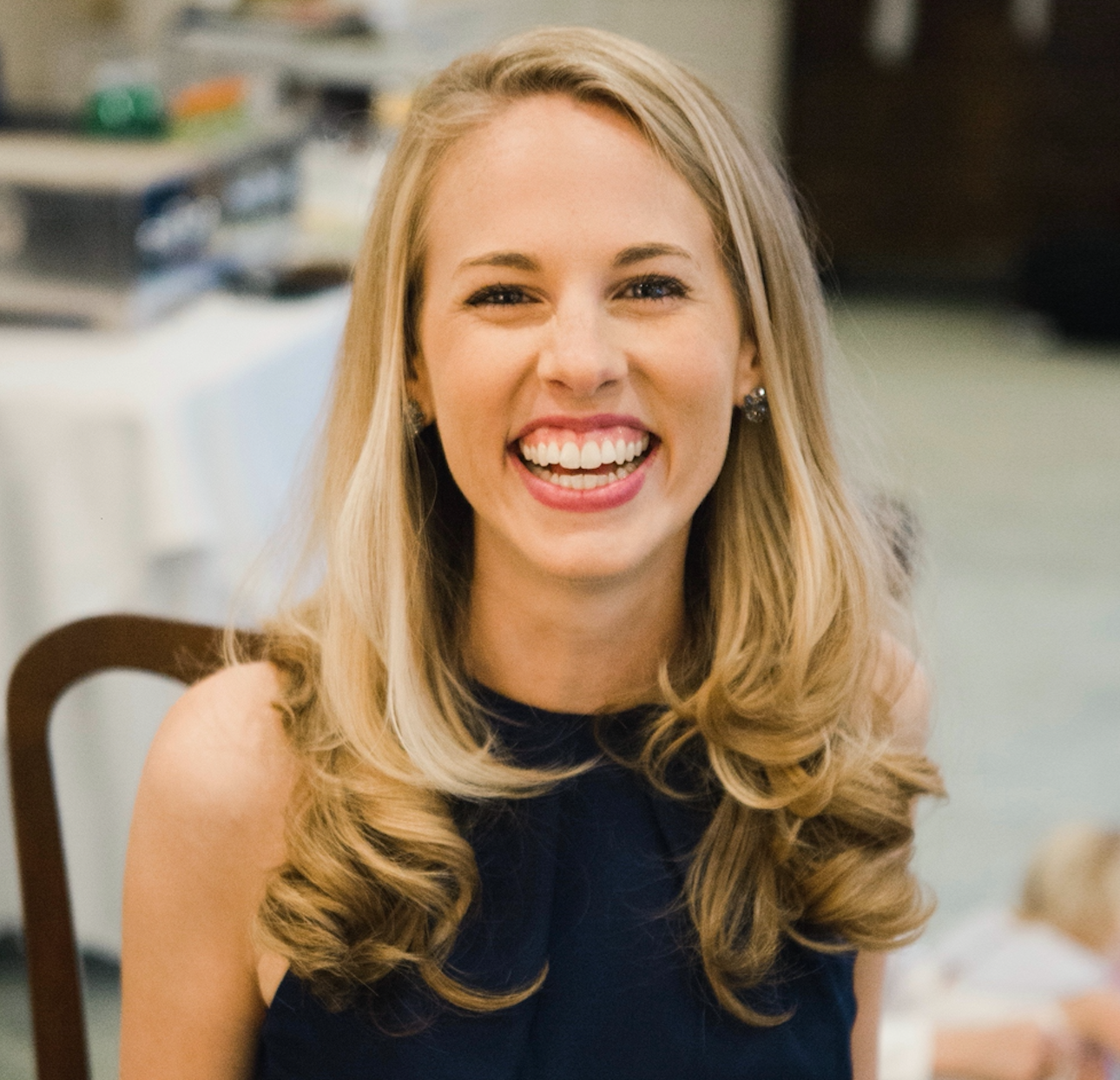What Does It Cost to Make a Podcast?
What does it cost to make a podcast?
If you’re looking for simple dollars and cents, the answer is easy to find. You’ll need some tech, you’ll need some gear — you can add up those fixed costs and find a cold, hard number you can pitch to your boss.
But I’m guessing you’re not just looking for simple dollars and cents.
It costs a certain number of dollars to make a podcast. But what does it cost to make a good one?
More so than other creative projects, good podcasts rely much more on process than on gear. When it comes to the technical aspects of showrunning, you’ll need to cross a certain threshold in order to create something your audience can identify as a professional-grade show.
Once you’ve crossed that threshold, though, you don’t need to get carried away and overspend your show budget on the highest-quality equipment. You don’t really need professional soundproofing, or an NPR-grade mic, or top-of-the-line headphones. Rather, you need the cheapest possible good option. Then, you never want to think about gear ever again.
Instead, you’ll want to spend your resources on refining the ideas that support your show. When it comes to ideas, most shows — even the ones that sound great — are woefully underdeveloped.
And here’s how you make a good podcast: once you hit that relatively low ceiling that allows your show to sound professional, reallocate your dollars and invest in time, people, and ideas.
Here’s the thing: we’re not trained to think of costs in that way. “When you think about ‘cost’ for most projects, you immediately think of reactive spending. You react to a need — for a microphone, for example — and spend your budget on depreciating assets,” explains MSR founder Jay Acunzo. “With a podcast, there’s very little need for reactive spending. Instead, you want to ensure you’re shifting most of your budget toward proactive spending.” Proactive spending involves investing in the assets that appreciate over time: the premise, the people, the community. These assets are the ideas that make the show uniquely yours.
So to make a good show, you will need to divide your budget into two categories: reactive and proactive spending. A savvy combination of the two will allow you to create a show that listeners immediately identify as premium, and which takes them on a continuing, illuminating journey over time. Here’s how.

A disclaimer: if you want to start a show because it’s fun, and you want to try it for free with a pair of earbuds, go for it. We’re assuming, though, that your showrunning ambitions are slightly elevated, and you’re striving to convey something important about you and your cause in a professional manner. If that sounds like you, there are a few items you’ll need in the “reactive” spending category.
Tools to Record Yourself
To record high-quality audio, you’ll need a cardioid microphone, which picks up only a narrow pinpoint of sound and ignores all the ambient sounds and echoes surrounding the microphone. You can keep this as simple as you want — a Blue Yeti mic plus a foam windscreen can easily do the trick. If you want to get a touch fancier, add tools like a mic stand and a pop filter, which helps you avoid plosives (i.e., the exploding, breathy sounds that happen organically in conversation and sound weird and aggressive on a recording).
Once you have your high-quality mic, you’ll need a destination for the audio you generate. You can record directly into a free audio recording program, like GarageBand (if you have a Mac) or Audacity. You could also record into an external recording device, then upload your audio to your computer.
Past a certain point, you’ll notice diminishing returns on spending more money on your recording equipment. For example, will switching from a $100 microphone to one that costs $1000 make a difference? Yes…to professional audio engineers.
“There are ways to make the recording sound the same or close to that highest-caliber sound,” explains Jay. “For example, you can skip the studio if you’re able to surround yourself with soft stuff in a small room, so your voice doesn’t echo. Good process trumps technology.”
Tools to Record Your Guests
While it can be tempting to use the tools we’re all using to speak with each other now anyway (*cough* Zoom *cough*), it’s important to use an app designed specifically for audio when you record remote guests.
Better solutions for recording guests include Zencastr or Squadcast, both affordable options that allow you to record audio in separate files per person.
When it comes to recording your guests, once again: process trumps tech.
“The most important thing to do is engineer the guest, rather than the tech,” explains Jay. “You can do that by prepping the guest: get them comfortable and give them context. Address their tech up front, with tips to help them record the best-possible audio.” Instruct them to record in a quiet place: ideally a smaller room filled with soft things to reduce echoes. Remind them not to use bluetooth headphones, which tend to override audio settings and can sound distant or scratchy. If they have a headset, they should use it — otherwise, they should use headphones with a built-in mic on the cord.
And that’s it! Process over tech.
Music and Sound Effects
Music is one of the most important additions to a show. It can create and relieve moments of tension, add drama or levity, and alert listeners to beloved segments or salient information. It can also be really expensive.
But! You can get pretty far for free…if you know where to look. Visit royalty-free music repositories such as YouTube Audio Library and Freesound.org, where you’ll find a range of paid and free options.
“If you want an amazing theme song, my advice is to find local musicians and pay them to create something bespoke for you,” advises Jay. “Then, find other free stuff of the same genre for additional sound effects. You’ll have one big cost rather than lots of little costs over time.”
A Hosting Service
In order to broadcast your show, you’ll need to select a hosting and distribution platform. This is where you generate your RSS feed and edit your top-level show details (e.g., show name, cover art, description), and it’s the place where you will upload everything relating to each episode you publish.
We prefer hosting services that have both a modern, user-friendly design and capabilities that can empower you to create other projects in addition to your podcast. Our pick is Wistia, though there are plenty of additional options, and most offer monthly subscriptions that are pretty affordable across the board (full disclosure: Wistia is a sponsor of Marketing Showrunners).
Marketing for Your Show
You’ve likely poured so much time and energy into planning for, ideating, and creating your show that actually publicizing it can seem like an afterthought. But marketing your show is highly important if you want it to grow. If you have a relatively small budget, you’ll want to stick to social media and email marketing. You’ll need an email marketing tool that allows you to capture emails specific to your show, as well as a social media tool that allows you to create audiograms. You can access many of these tools with a monthly subscription, and several have free tiers.

Once you’ve purchased the tools and tech to get your podcast off the ground, shift your budget to the show’s appreciating assets. It’s important to invest in the things and people responsible for creating content that’s actually worth promoting.
When you shift budget away from reactive spending, you can invest in people and ideas. These investments largely come down to two categories: trained showrunning professionals, and events that build community.
Trained Showrunning Professionals
With more budget, you can hire trained professionals to help you on the front end of your show. These are the team members who help do the critical work of planning the show before launch and in the production process.
On the Front End
Importantly, you will need to involve certain people well before you ever record anything. The most important thing you can do for your show is create a solid premise. Allocate budget for team members or consultants who can help you strategically identify a premise that can support an entire show and turn your show into true brand IP. The upfront cost associated with this person or people will yield a material return, because that IP you generate is what makes your show a unique and valuable asset rather than just another interview show.
On the Back End
A trained producer and/or audio engineer can help take your show from good to great. Audio engineers make your audio sound better from a technical standpoint. They can help reduce background noise, improve audio quality, and smooth transitions.
Producers improve your show from a creative standpoint. Rather than just enhance the audio you give them, they know how to select the best clips for inclusion on the episode. They help plan episodes in your editorial meetings. They research the guests. They conduct the prep calls. They listen during interviews to ensure the quality of the audio and provide direction and counsel to the showrunner, and they take notes the audio engineer can use in the actual edit.
By avoiding overspending your budget on gear, you can ensure you have the funds to support these professionals who add nuance and value to your show, and who understand the ideas you trumpet and the causes you champion. In creating a show that’s worthy of your audience’s attention, that’s of paramount importance.
Events that Build Community
If your overarching goal is to create your audience’s favorite show, implicit in that is a secondary goal: building a community. If your show succeeds, you will have amassed a loyal community of like-minded superfans, who learn from one another and from you, with your show as the educational vehicle.
If you can minimize your reactive costs, you can allocate more of your budget toward events that evangelize the ideas within the show and support the community it has created.
For example: you can spend your budget on an exclusive newsletter, virtual or in-person events, or a self-published book on the ideas you’ve uncovered via the show. These outlets bolster the show and provide additional opportunities for its audience to connect and grow.
So what does it cost to make a podcast? After a few initial fixed sums, it costs investments of time, energy, and skill — and the more you can afford, the better. As you set out to create your show, ensure that you can shift as much of your budget as possible toward items in the proactive spending category. Work with a talented team to ensure your show has an incredible standalone premise. Invest in professionals with the skill and savvy to smooth your audio and sift through hours of tape until they find the most resonant clips. And once you’ve created something worth listening to, spend your resources on opportunities to engage more deeply with the loyal audience you’ve created.
That’s what it costs to make a good podcast.

A somewhat accidental marketer, I’m first and foremost a writer. I’ve spent a decade working with global brands to craft on-target content and streamline complex ideas into clear (and even…exciting?!) language. Now, I get to spend every day immersed in content and strategy here, as Managing Editor of Marketing Showrunners, at my company, Molly Donovan Content & Communications. I’m thrilled to be a part of this community of eager next-generation marketers and marketing showrunners.
Reach out! molly@mshowrunners.com

